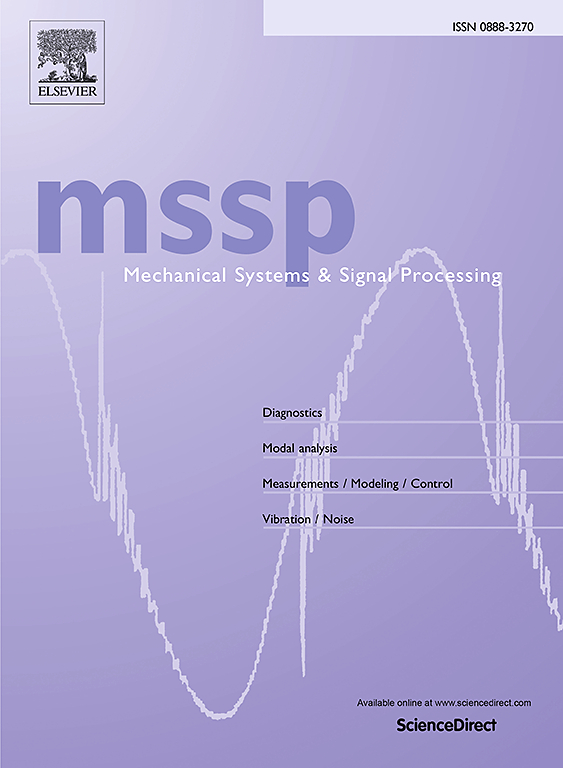Physics-based deep learning framework for Terahertz thickness measurement of thermal barrier coatings with variable refractive index
IF 7.9
1区 工程技术
Q1 ENGINEERING, MECHANICAL
引用次数: 0
Abstract
Accurate terahertz (THz) thickness measurement of topcoat in thermal barrier coatings remains a challenge due to the change of refractive index from uneven microstructures and temperature variations. Here, a novel physics-based deep learning framework with original sparse features is proposed to measure the topcoat thickness in an accurate and low-cost manner. Firstly, the pores in the topcoat causes the THz dispersion to broaden the echoes. To decrease the effect of this factor on thickness measurements, the first three peaks are proposed to replace the entire THz signal as the sparse input features of physics-based deep learning framework. Secondly, an analytical model of THz signals considering the roughness is constructed to generate the simulated signals as the training dataset, followed by setting a wide range of refractive index to compensate the effect of uneven microstructure and temperature variations on thickness measurements. Then, a weight constraint layer is presented to assign the appropriate weights for the first three peaks based on their distortion levels to decrease the difference between the simulated training set and experimental test set. In this way, this layer is embedded into the developed deep learning framework to achieve accurate and low-cost thickness measurement of topcoat in an analytical model driven manner. Finally, the experimental and simulated results demonstrate that our method can accurately estimate the topcoat thickness, and it is superior to seven established approaches in accuracy. Meanwhile, the physics-based deep learning framework is cost-effective due to the model driven manner.
求助全文
约1分钟内获得全文
求助全文
来源期刊

Mechanical Systems and Signal Processing
工程技术-工程:机械
CiteScore
14.80
自引率
13.10%
发文量
1183
审稿时长
5.4 months
期刊介绍:
Journal Name: Mechanical Systems and Signal Processing (MSSP)
Interdisciplinary Focus:
Mechanical, Aerospace, and Civil Engineering
Purpose:Reporting scientific advancements of the highest quality
Arising from new techniques in sensing, instrumentation, signal processing, modelling, and control of dynamic systems
 求助内容:
求助内容: 应助结果提醒方式:
应助结果提醒方式:


